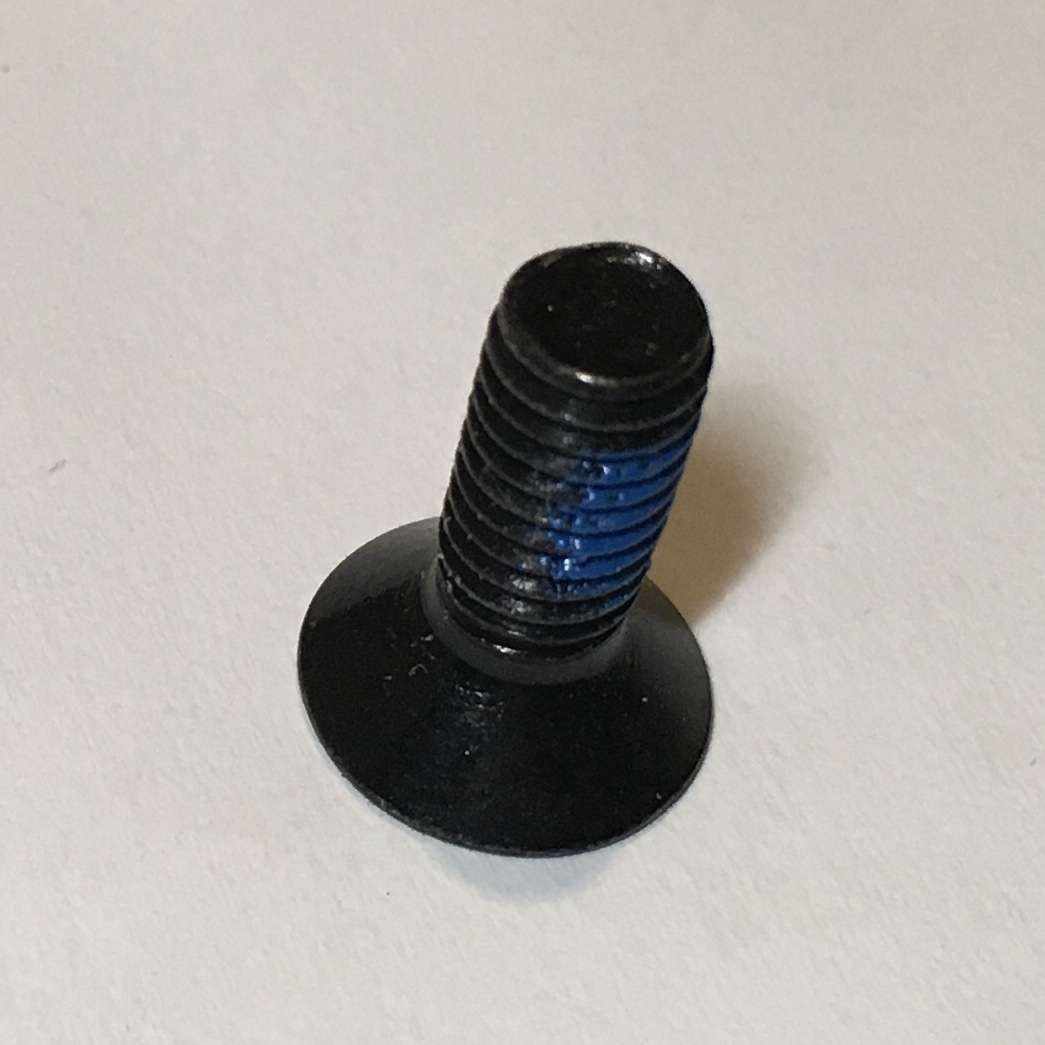Super 7B cross slide gib Wedglok adjusting screws
Super 7B cross slide gib Wedglok adjusting screws
- This topic has 17 replies, 9 voices, and was last updated 15 January 2024 at 21:39 by
 Harry Wilkes.
Harry Wilkes.
Viewing 18 posts - 1 through 18 (of 18 total)
Viewing 18 posts - 1 through 18 (of 18 total)
- Please log in to reply to this topic. Registering is free and easy using the links on the menu at the top of this page.
Latest Replies
Viewing 25 topics - 1 through 25 (of 25 total)
-
- Topic
- Voices
- Last Post
Viewing 25 topics - 1 through 25 (of 25 total)
Latest Issue
Newsletter Sign-up
Latest Replies
- Speed camera
- Pragotron Slave Clock
- Bridgeport ways and wear
- Starrett and other tool manufacturer wood boxes
- Twin Engineering’s heavy mill/drill quill removal
- Herbert B drill – a question and a curiosity…
- New member
- M type top slide conversion??
- Boiler Design – issue 4765
- Colchester Chipmaster Clutch question





